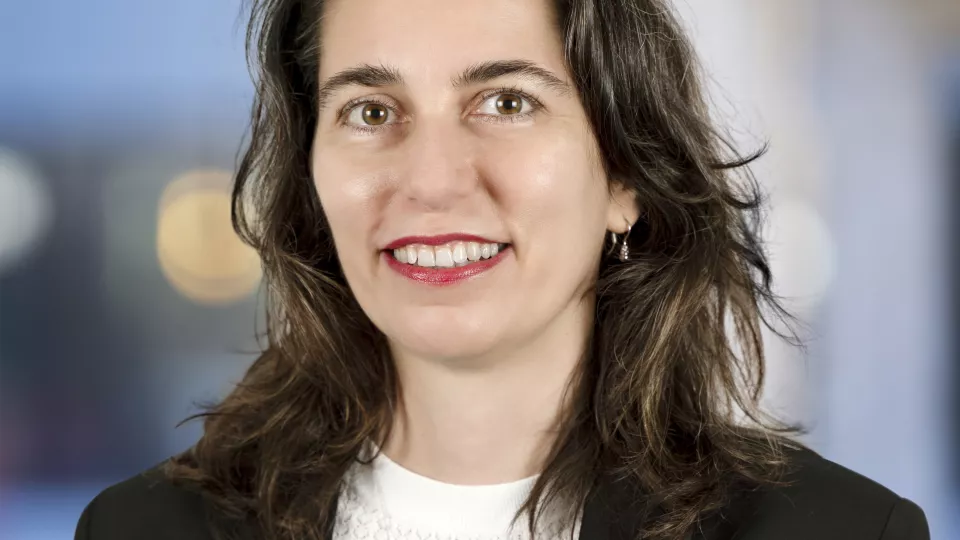What is your background and research interests?
I am an Associate Professor of Cultural Economics and Entrepreneurship who has an international background in economics, cultural economics and economic geography. As a researcher, I enjoy transformative work, and thrive when there is collaboration across disciplines and engagement with stakeholders, in both education and research. The role of cultural and creative industries in sustainable urban development has always been a dare topic to me. I am passionate about the transformation to a more just and sustainable future, particularly looking at the sustainability transition of the textile and fashion industry and engaging with de-growth, post-growth and wellbeing economies debates.
What are your plans as a guest researcher at the institute?
I was in Lund in November 2022 and April 2023. The members of the Theme Public Art and the New Commons were incredibly welcoming, and I found our discussions incredibly stimulating. Being at the Pufendorf Institute is a precious gift, especially as a mother in academia, after years of Covid, lack of interaction with peers, and overwhelming educational tasks. I am looking forward to my next stay in May 2023, our final conference, the City Horses artistic performance and several other symposia on cultural and creative industries and existential sustainability. We are writing together and discussing applications for funding. It feels like the beginning of a new yet long-lasting collaboration.
Being at the Pufendorf Institute is a precious gift, especially as a mother in academia, after years of Covid, lack of interaction with peers, and overwhelming educational tasks
How do you hope to benefit from your work with the Theme?
There are many synergies linked to the Theme Public Art and the New Commons. I am particularly interested in the role of art and commons in places, from large cities to peripherical and rural areas. The European Commission has finally recognized the role of arts and creativity in shaping our future. The newly set European Institute for Innovation and Technology’s (EIT) Innovation Community on Culture & Creativity to which Erasmus University Rotterdam is one of the leading partners will strengthen the role of art, cultural organisations and creatives in society. Thus, there will be more opportunities to experiment, design research and education that bring forward the transformative power of cultural and creative industries in cities and places, beyond the usual suspects. Beyond the Theme, I am also looking forward to knowing more about the Pufendorf Institute. At Erasmus University Rotterdam we have launched the Design Impact Transition (DIT) platform as an experiment to cut across disciplines and faculties and foster transformative education and research. Therefore, I am curious to learn how the Pufendorf Institute was set into place, how it gained legitimacy, how it developed along the years, and its broader impact on academics, disciplines, the university and society at large.
What do you reckon your main contribution to the Theme will be?
I believe my contribution to the Theme could be linked to the understanding of the interconnections between art, economy and place. While I am not the expert on public art per se, I have been studying how post-industrial cities across Europe have used or supported art to regenerate and reinvent themselves, and in this way, they have undergone through cycles of gentrification processes. We have now a plethora of cases - from very instrumentalist uses of art to more bottom-up and inclusive approaches. I would like to stress that there is no perfect recipe that can be copied and paste everywhere. Using my home-made pizza as a metaphor: the recipe of my grandmother is the same, but the pizza comes out of the oven always different. In any case, I will ask this question to the Theme members. Curious to know how they will articulate my contribution 😊!
Read more about the Pufendorf IAS Theme Public Art and the New Commons
Connect with Mariangela Lavanga on LinkedIn, check her personal page at Erasmus University Rotterdam or sign up for the Design Impact Transition (DIT) platform newsletter


